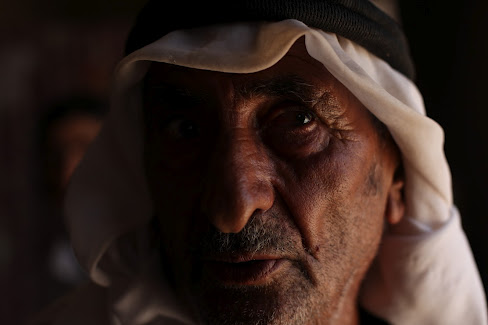Tag: Farmers
-
Jericho: Palestinian farmers ordered to leave land
By Liza Ennab 2 August 2012 | International Solidarity Movement, West Bank Reuters reports thats Israeli authorities have given Palestinian farmers living in Jericho in the West Bank an order to uproot palm trees they have grown and leave the agricultural lands within 45 days. The orders came in the form of letters sent to…
-
Call to action: Olive Harvest 2012
18 August 2012 | International Solidarity Movement, West Bank At a time of increasing settler violence in the West Bank, the International Solidarity Movement is issuing an urgent call for volunteers to participate in the 2012 Olive Harvest Campaign at the invitation of Palestinian communities. The olive tree is a national symbol for Palestinians. As thousands of…

